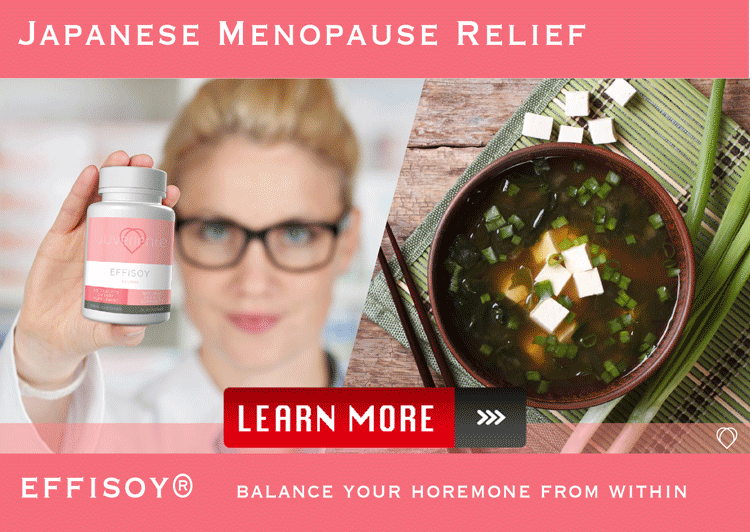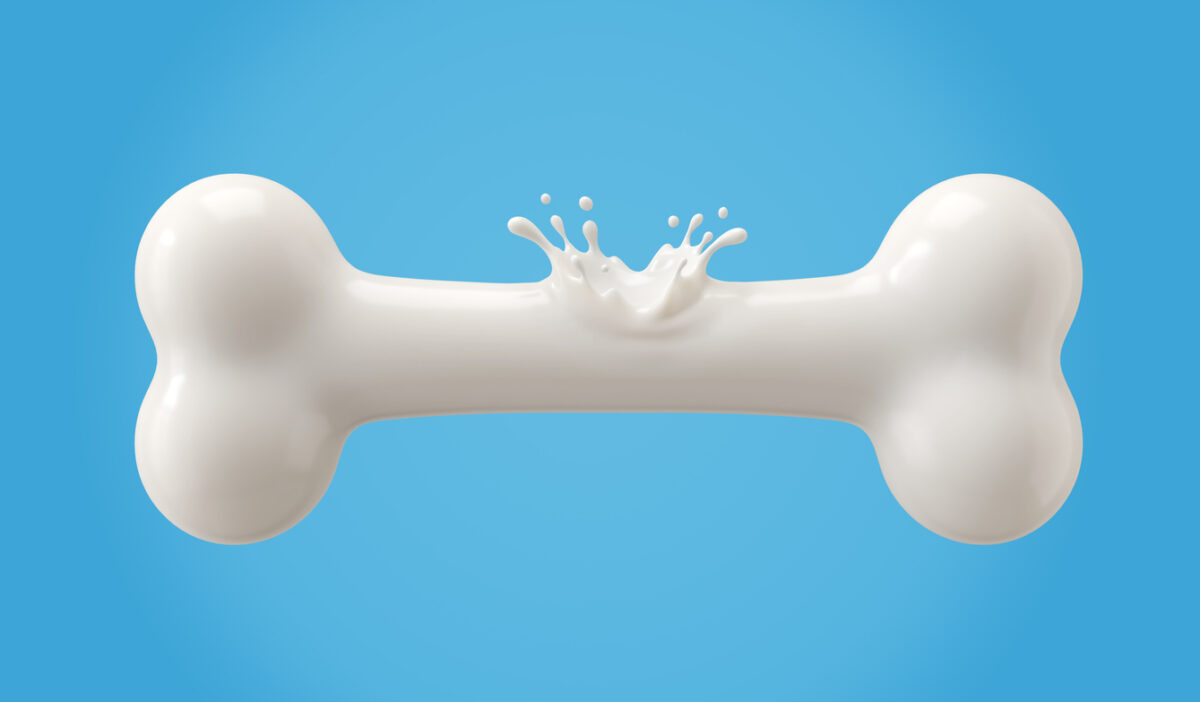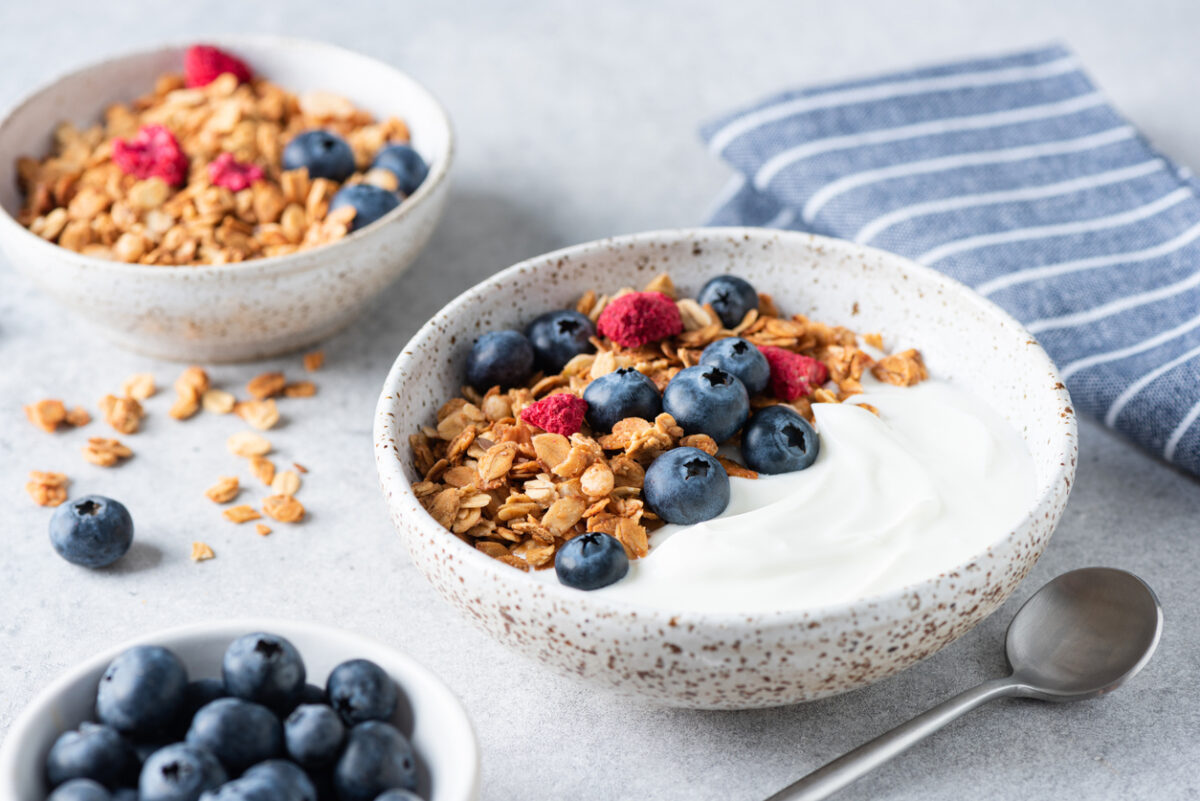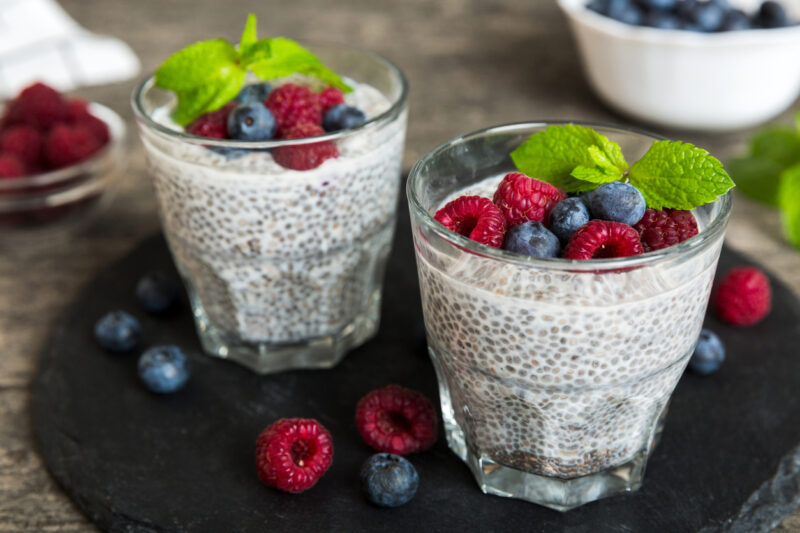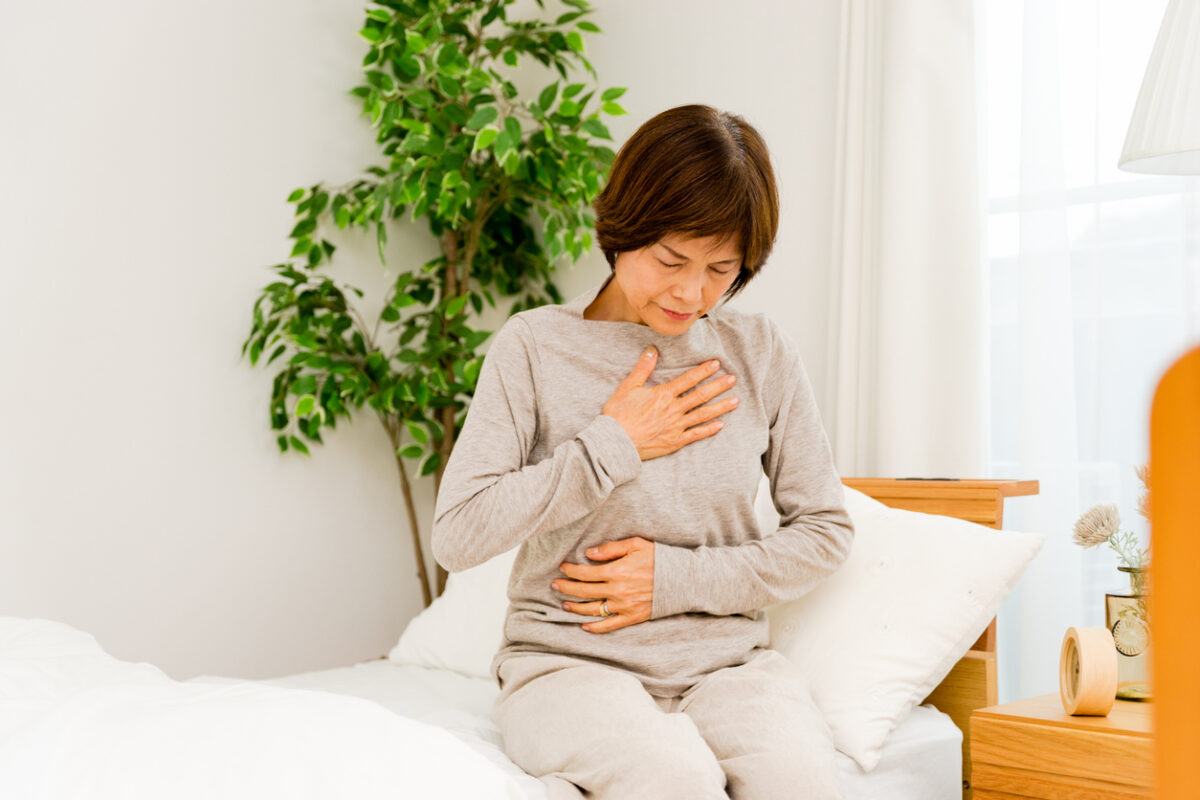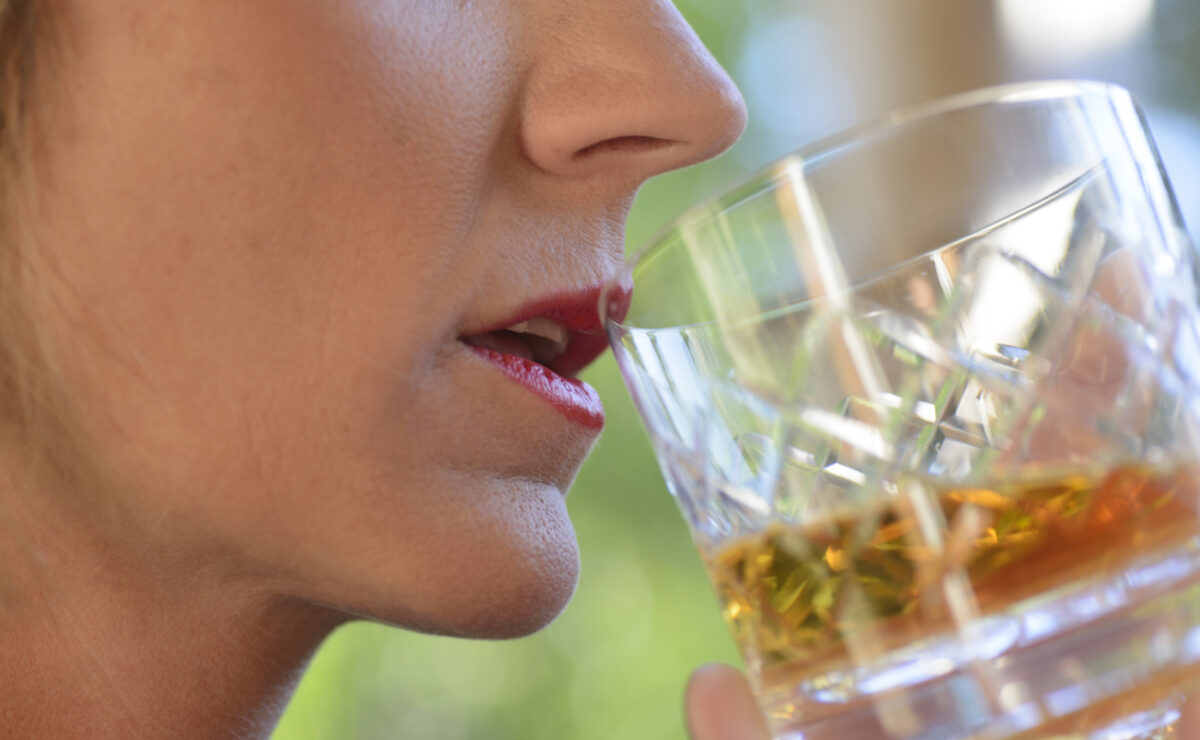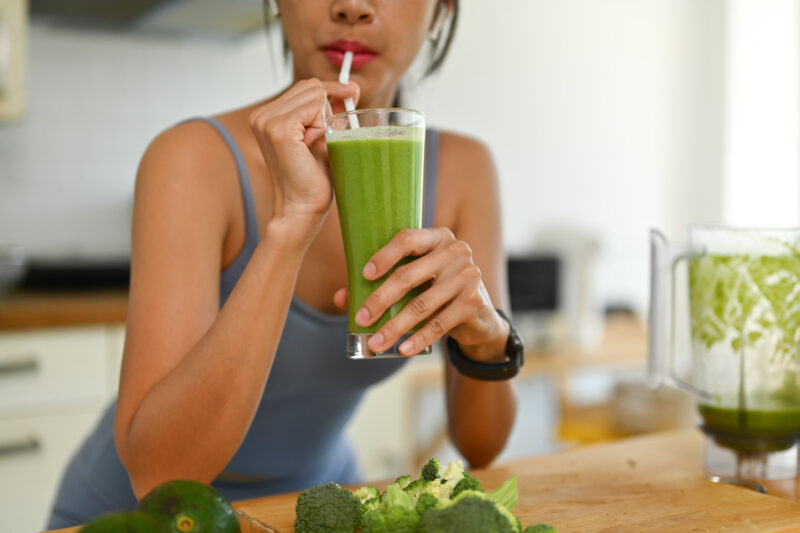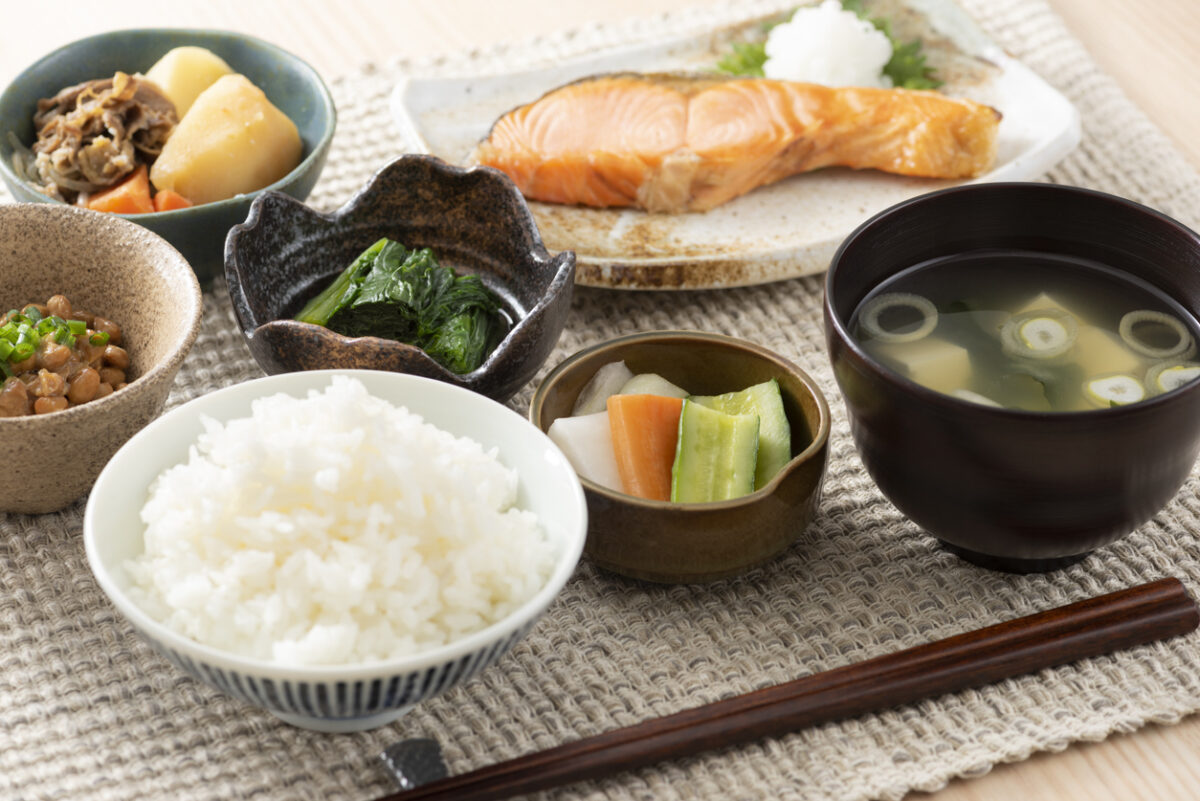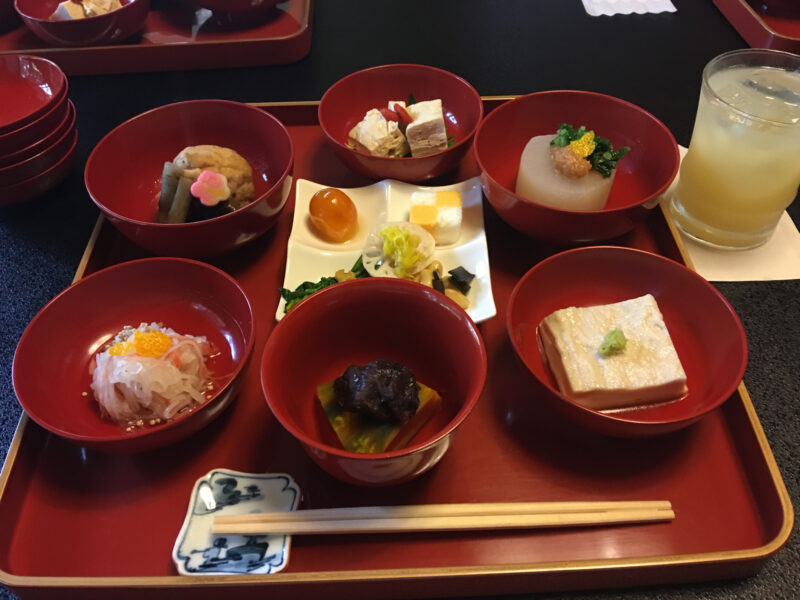Introduction to Healthy Japanese Cuisine
Japanese cuisine is renowned for its balance, simplicity, and health benefits. Incorporating traditional Japanese food into your diet can be a game-changer for your overall well-being.
You might think that preparing these dishes is complicated, especially if you live outside Japan. However, many traditional Japanese recipes are surprisingly easy to make, even in a Western kitchen. This article will introduce you to some easy-to-make traditional Japanese food. They can enhance your diet with nutritious and delicious meals.
We will explore five simple and healthy Japanese recipes. You can easily prepare them at home. From the comforting warmth of miso soup to the savory delight of teriyaki chicken, these dishes offer a glimpse into the world of Japanese cuisine.
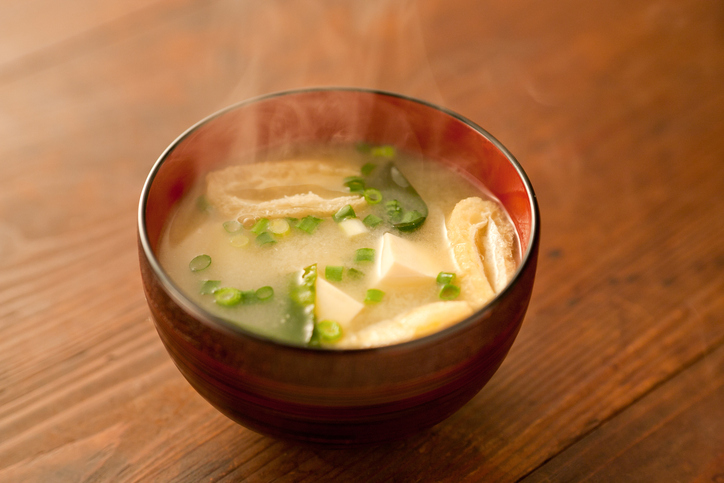
We will also show you how to make sushi rolls. They are both delicious and easy to assemble, even if you are a beginner. A refreshing cucumber and wakame salad will provide a light and nutritious side dish. A green tea ice cream will offer a healthy and satisfying end to your meal.
Try incorporating these easy-to-make traditional Japanese foods into your diet. You can experience the benefits of a cuisine that is both delicious and good for you. Let’s embark on this culinary journey. And discover the joys of healthy Japanese cuisine together.
Simple and Nutritious Miso Soup
Miso soup is a perfect example of easy-to-make traditional Japanese food. It is a staple of Japanese people and make them healthy. This simple and nutritious soup is made from a base of dashi (a type of Japanese stock) and miso paste. Miso is a fermented soy and rich in probiotics. It offers numerous health benefits. The isoflavone contained in this fermented soy features the amazing health benefits of Juveriente®’s natural supplement, EFFISOY. You can learn the details from here.
To prepare miso soup, start by bringing water to a boil and adding a small amount of dashi granules or a dashi packet. Once the dashi is dissolved, reduce the heat and add a spoonful of miso paste, stirring until it is completely mixed.
To enhance the soup’s nutritional value, you can add various ingredients such as tofu, seaweed (wakame), and green onions.
Tofu provides a good source of protein, while wakame is packed with vitamins and minerals. Green onions add a fresh and vibrant flavor to the soup. Miso soup is not only quick and easy to prepare but also incredibly versatile, allowing you to customize it with your favorite ingredients.
By incorporating miso soup into your diet, you can enjoy a delicious and healthy dish that embodies the simplicity and nutritional benefits of Japanese cuisine. Whether as a starter or a light meal, miso soup is a fantastic way to introduce easy-to-make traditional Japanese food into your daily routine.
Quick and Tasty Teriyaki Chicken
Teriyaki chicken is a beloved dish that exemplifies easy-to-make traditional Japanese food, perfect for Western kitchens. This flavorful and healthy recipe involves a few simple steps and ingredients that are readily available. To start, cut boneless chicken thighs or breasts into bite-sized pieces and season them lightly with salt and pepper. Heat a little oil in a pan over medium-high heat and add the chicken, cooking until it is browned on all sides.
While the chicken is cooking, prepare the teriyaki sauce by mixing soy sauce, mirin, sake, and a bit of sugar in a bowl. Once the chicken is cooked through, pour the sauce over the chicken pieces in the pan. Reduce the heat and let the sauce simmer, allowing it to thicken and coat the chicken evenly. This process not only infuses the chicken with a rich, savory-sweet flavor but also creates a beautiful glaze.

Teriyaki chicken can be served over steamed rice or alongside a fresh salad for a balanced meal. It is a versatile dish that can be paired with various vegetables such as broccoli, bell peppers, or snap peas for added nutrition. Incorporating this quick and tasty teriyaki chicken into your meals is a delightful way to experience the essence of easy-to-make traditional Japanese food, bringing both flavor and health benefits to your table.
Healthy Sushi Rolls at Home
Sushi rolls are a quintessential example of easy-to-make traditional Japanese food that can be both healthy and delicious. Making sushi at home might seem daunting, but with the right ingredients and a bit of practice, you can create delightful and nutritious sushi rolls. Start by preparing the sushi rice: cook short-grain rice and mix it with a blend of rice vinegar, sugar, and salt while it’s still warm. This gives the rice its distinctive flavor and stickiness.
Next, gather your fillings. For a healthy twist, choose fresh vegetables like cucumber, avocado, and carrots, along with lean proteins such as cooked shrimp, tuna, or tofu. Lay out a sheet of nori (seaweed) on a bamboo sushi mat, shiny side down. Spread a thin layer of sushi rice over the nori, leaving a border at the top. Arrange your chosen fillings in a line across the rice.

Using the bamboo mat, carefully roll the sushi away from you, pressing gently to keep the roll tight. Slice the roll into bite-sized pieces with a sharp knife. Serve your sushi rolls with soy sauce, pickled ginger, and a touch of wasabi for a traditional experience.
Making healthy sushi rolls at home not only allows you to control the ingredients but also brings the authentic taste of easy-to-make traditional Japanese food to your kitchen. It’s a fun and engaging way to enjoy a balanced meal that is both visually appealing and rich in nutrients.
Refreshing Cucumber and Wakame Salad
A refreshing cucumber and wakame salad is a delightful addition to your repertoire of easy-to-make traditional Japanese food. This light and healthy dish combines the crispness of cucumbers with the unique texture of wakame seaweed, creating a perfect balance of flavors and nutrients. Start by soaking dried wakame in water for about five minutes until it rehydrates and expands. Drain and squeeze out any excess water.
Next, thinly slice cucumbers and sprinkle them with a pinch of salt to draw out moisture. Let them sit for a few minutes before gently squeezing out the excess liquid. In a mixing bowl, combine the prepared wakame and cucumbers. For the dressing, mix rice vinegar, soy sauce, a touch of sugar, and a dash of sesame oil. Pour the dressing over the salad and toss gently to ensure everything is well-coated.

Enhance the flavor and presentation by sprinkling toasted sesame seeds on top. This cucumber and wakame salad is not only easy to prepare but also packed with vitamins, minerals, and antioxidants, making it a perfect example of easy-to-make traditional Japanese food.
Enjoy this salad as a starter or a side dish to complement your main course. It’s a refreshing and nutritious option that brings the authentic taste of Japanese cuisine to your kitchen with minimal effort and maximum health benefits.
Easy Green Tea Ice Cream for Dessert
Green tea ice cream is a delightful and healthy way to end your meal with a touch of Japanese flavor. This easy-to-make traditional Japanese food requires just a few ingredients and minimal effort. Start by whisking 2 tablespoons of matcha green tea powder with a small amount of hot water until it forms a smooth paste. This ensures that the matcha is fully dissolved and free of lumps.
In a separate bowl, combine 1 cup of heavy cream and 1 cup of sweetened condensed milk. Mix until the ingredients are well-blended. Gradually add the matcha paste to the cream mixture, stirring constantly to ensure even distribution of the green tea flavor. Once the mixture is smooth and consistent, pour it into a freezer-safe container.
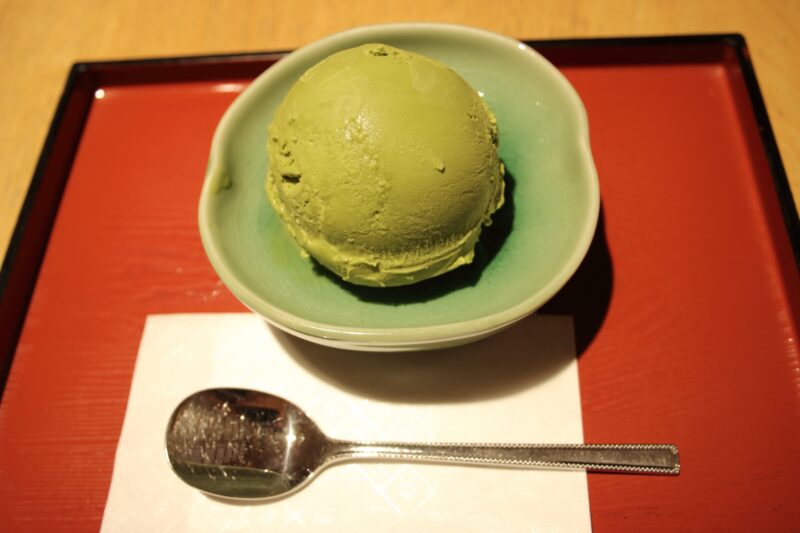
Cover the container and freeze the mixture for at least 4 hours, or until it reaches a firm, ice cream-like consistency. For best results, stir the mixture every hour during the first 3 hours of freezing to prevent ice crystals from forming and to maintain a creamy texture.
This green tea ice cream is not only a delicious dessert but also a healthier alternative to traditional ice creams, thanks to the antioxidants found in matcha. Enjoy this easy-to-make traditional Japanese food as a refreshing end to your meal, bringing a taste of Japan to your home kitchen.
SUMMERY
Incorporating traditional Japanese cuisine into your diet can be both easy and incredibly rewarding. The recipes provided in this article offer a variety of flavors and health benefits, all while being simple enough for anyone to prepare in a Western kitchen.
These dishes not only satisfy your taste buds but also bring a piece of Japanese culinary tradition into your home. Start your journey into Japanese cooking today and discover how simple and delicious healthy eating can be.
A Natural Supplement made of Health Essence of Miso
Miso Soup, a fermented soy paste soup, is a staple of Japanese breakfast. Recent studies have found various secrets of Miso that make Japanese people among the healthiest in the world.
However, it is not easy to incorporate food from a different dietary culture into your daily diet. Then, a supplement may be the solution.
Juveriente®’s Effisoy, launched in 2016, based on fermented soy bean germ extract has been loved as a natural menopause relief and anti-aging since its launching in 2016.
Its primary function is to boost the weakened synthesis of a hormone precursor, DHEA. It’s safe as it only heals the natural synthesis function. The hormone boost doesn’t provide the only relief from menopausal symptoms. But, it also supports various aging and hormonal imbalance issues and including insomnia.
Here are some of the real product reviews in our Amazon shop.
“Restful sleep finally!!”, “I Am Now Free of Hot Flashes!!”, “Lifesaver”
